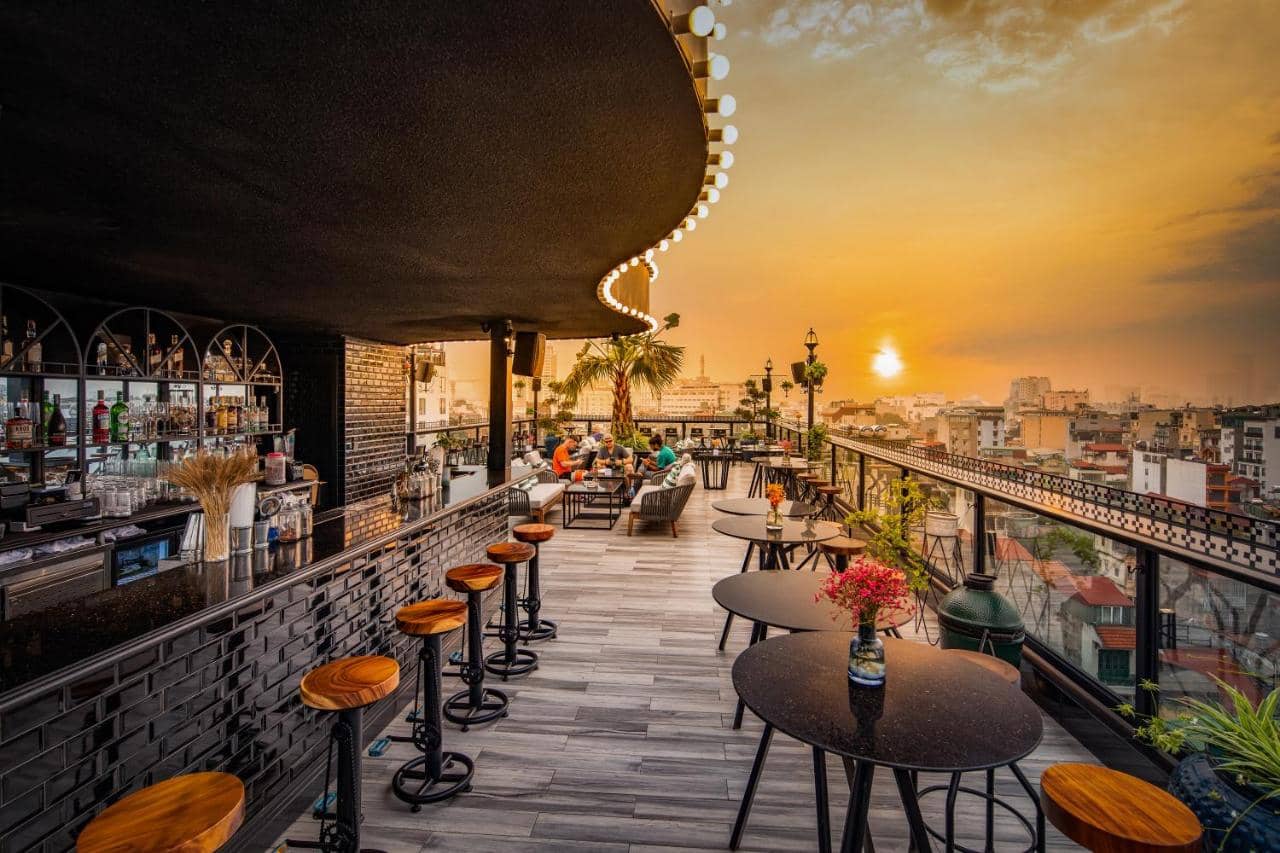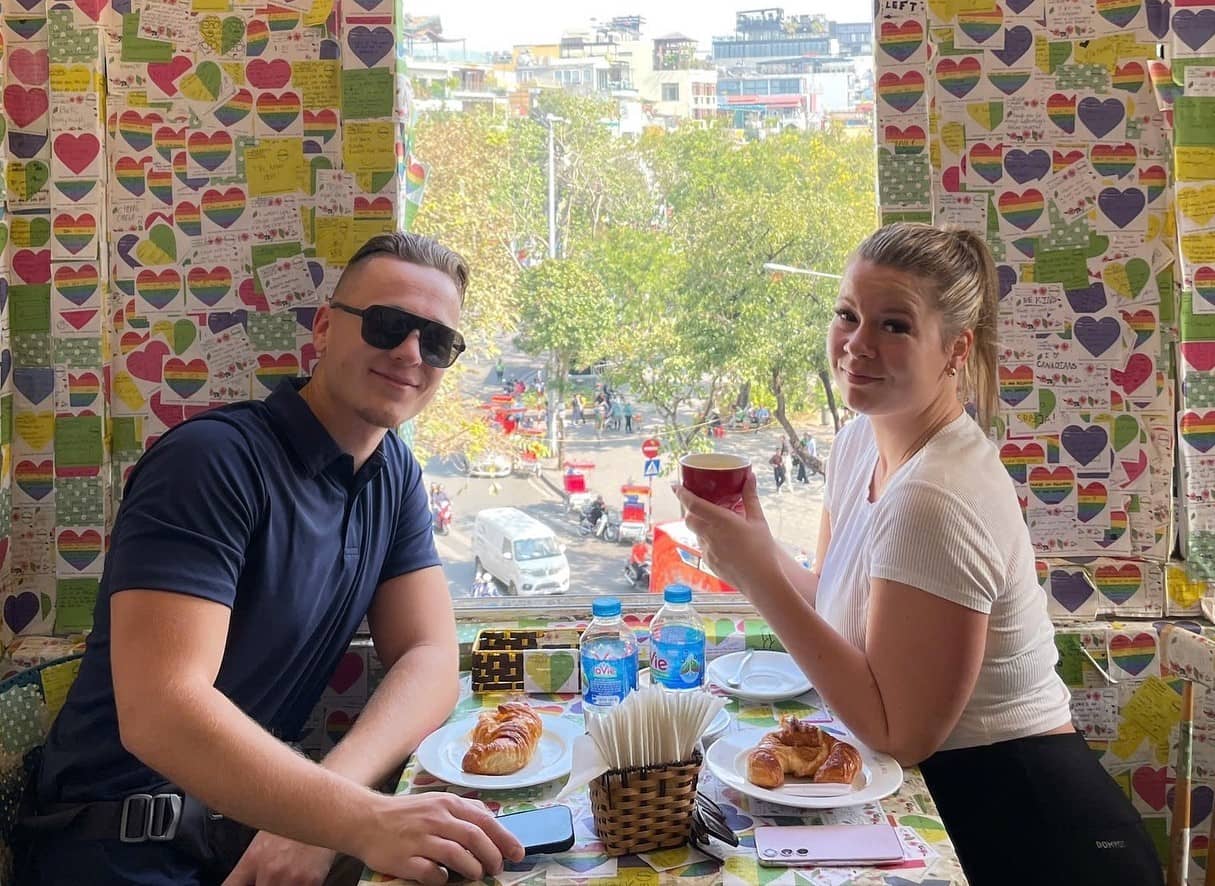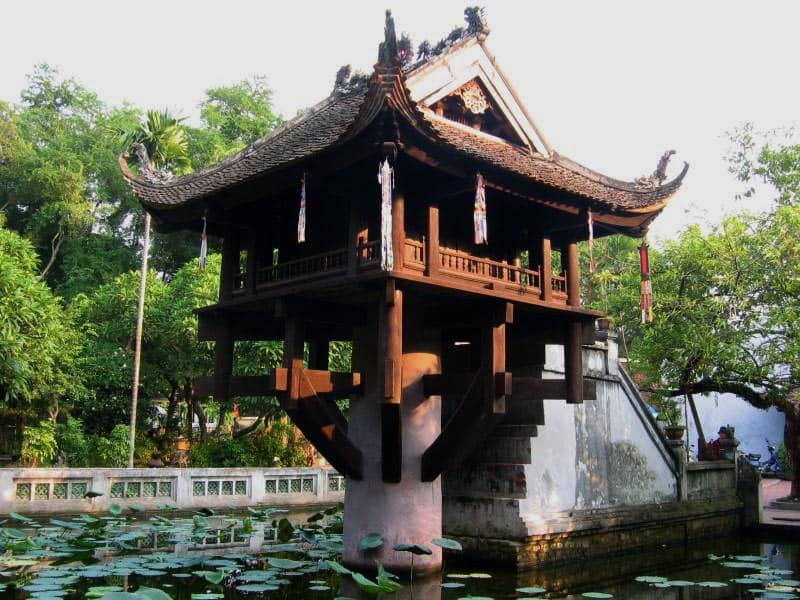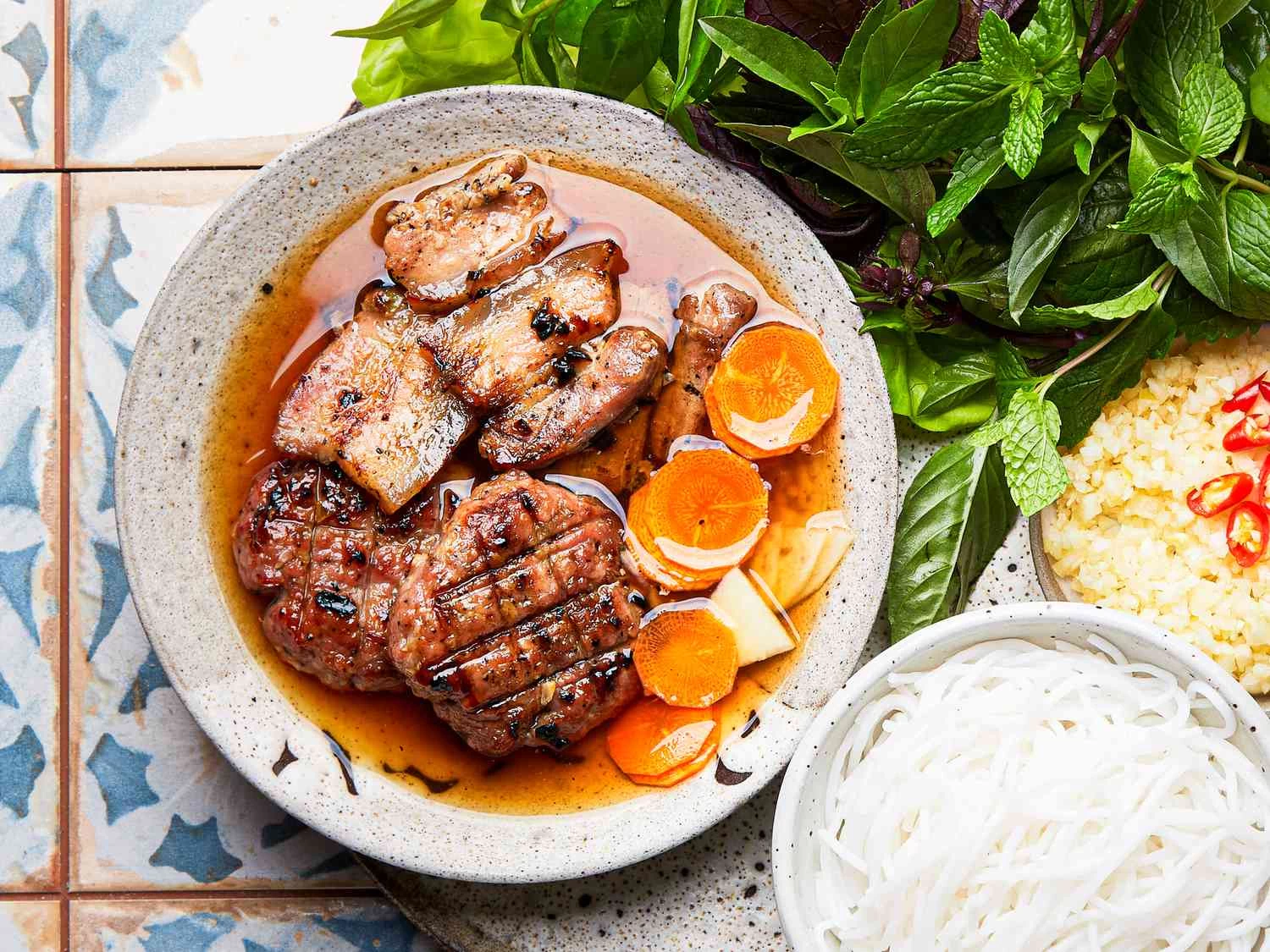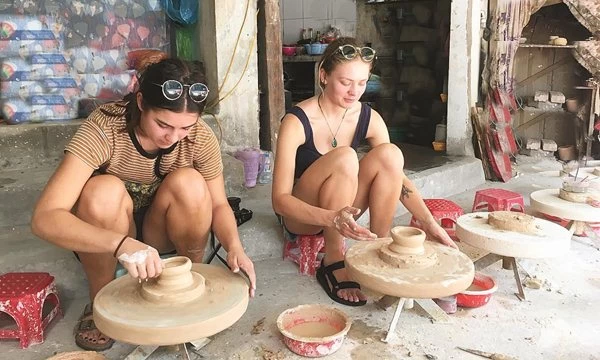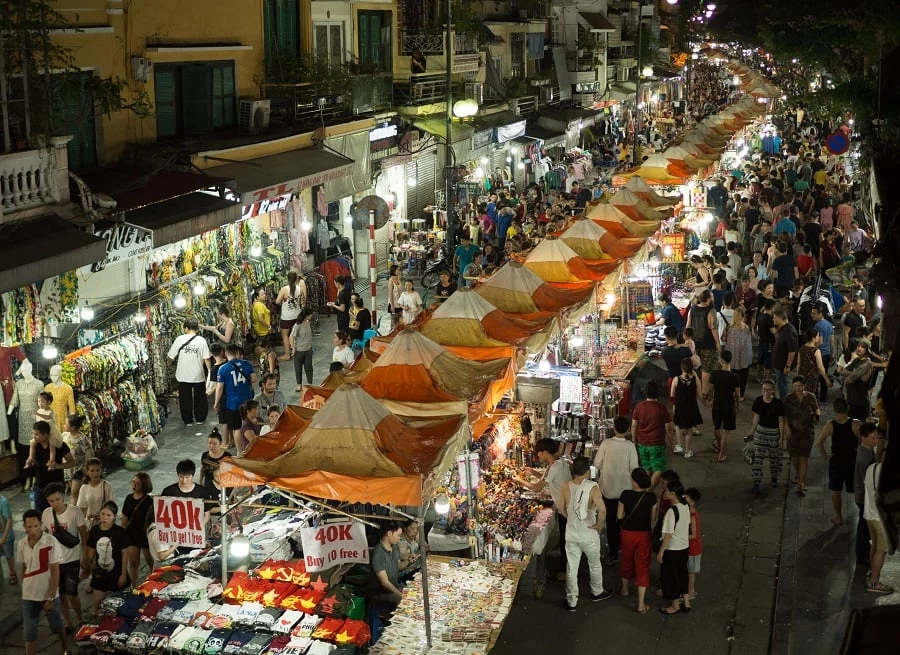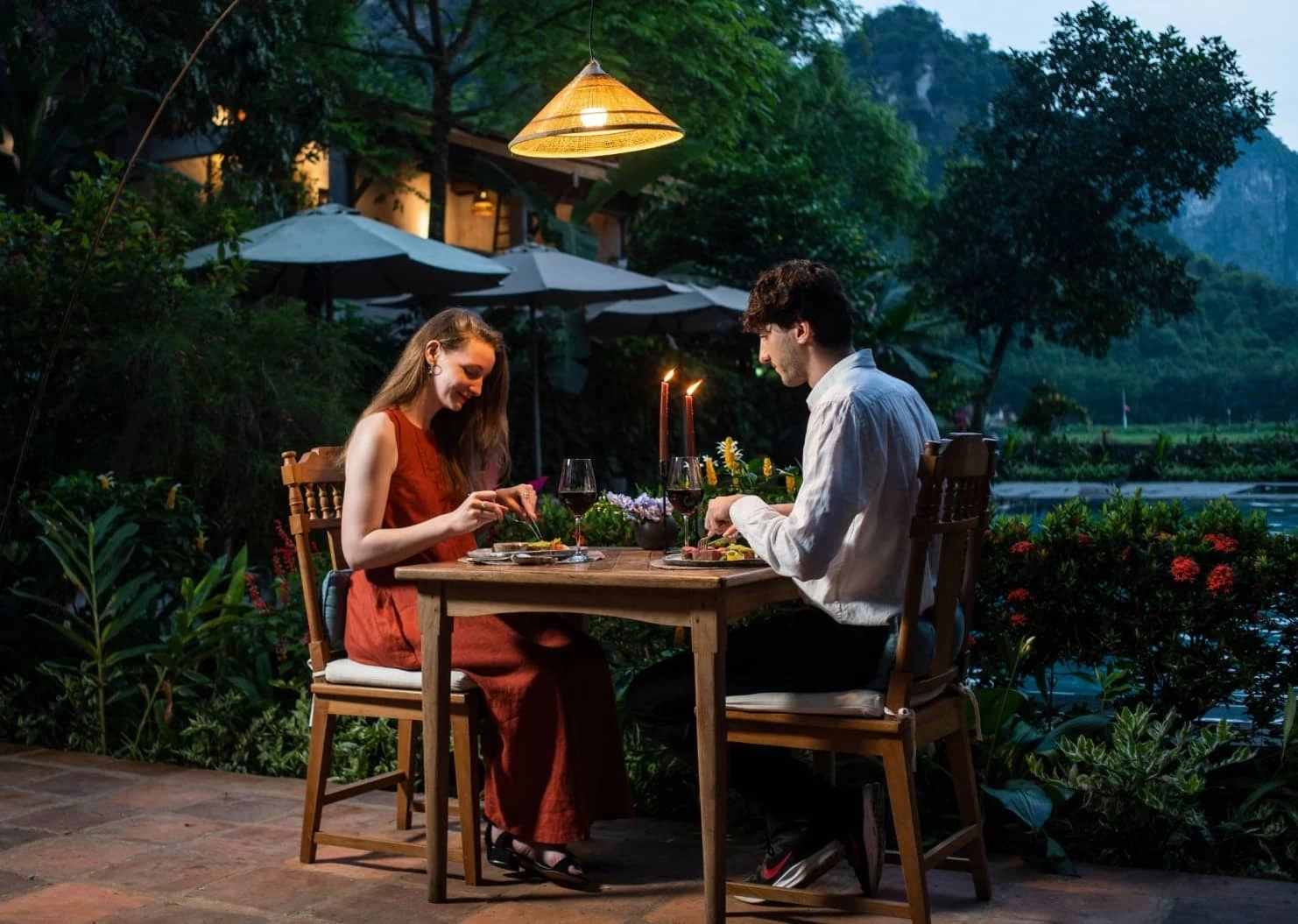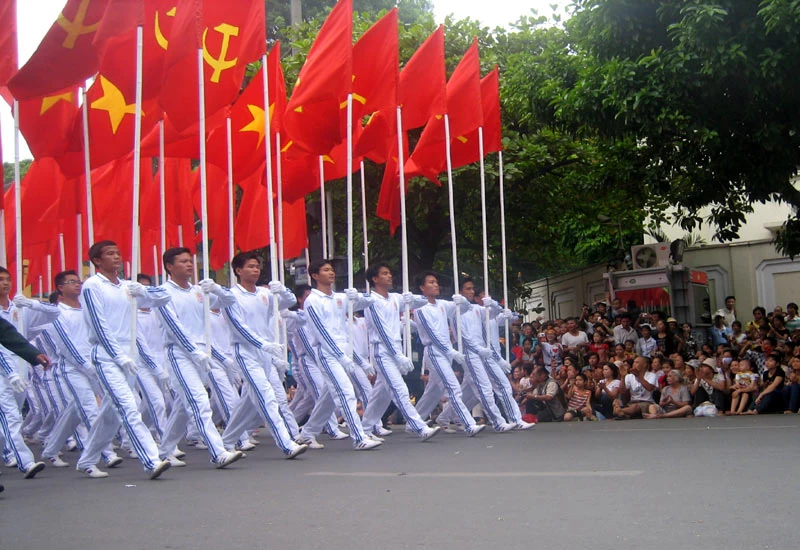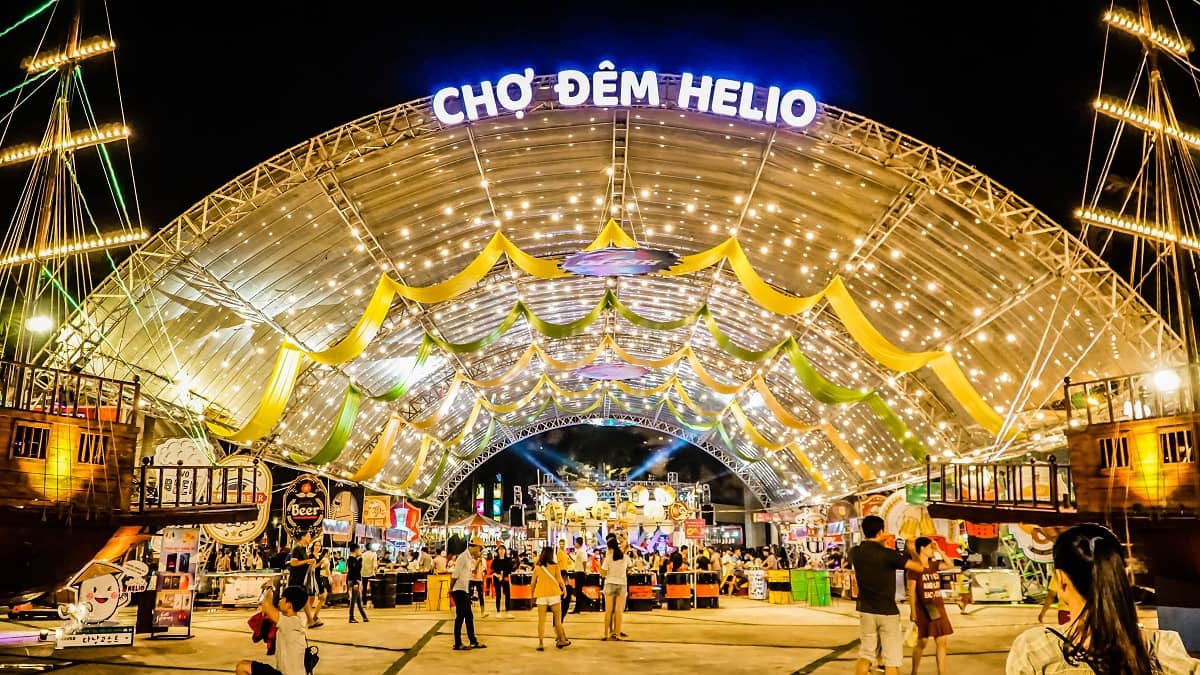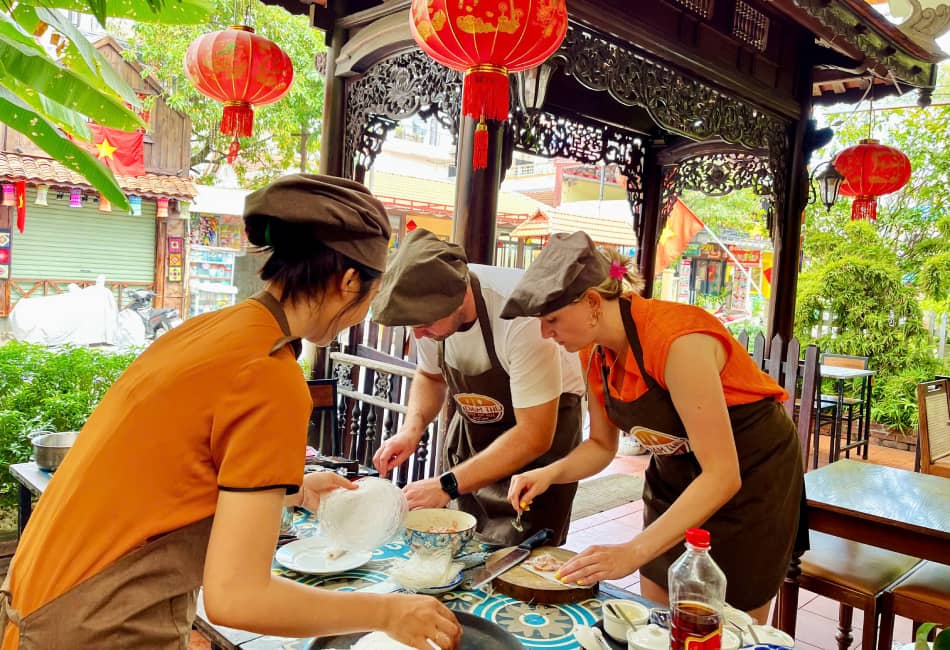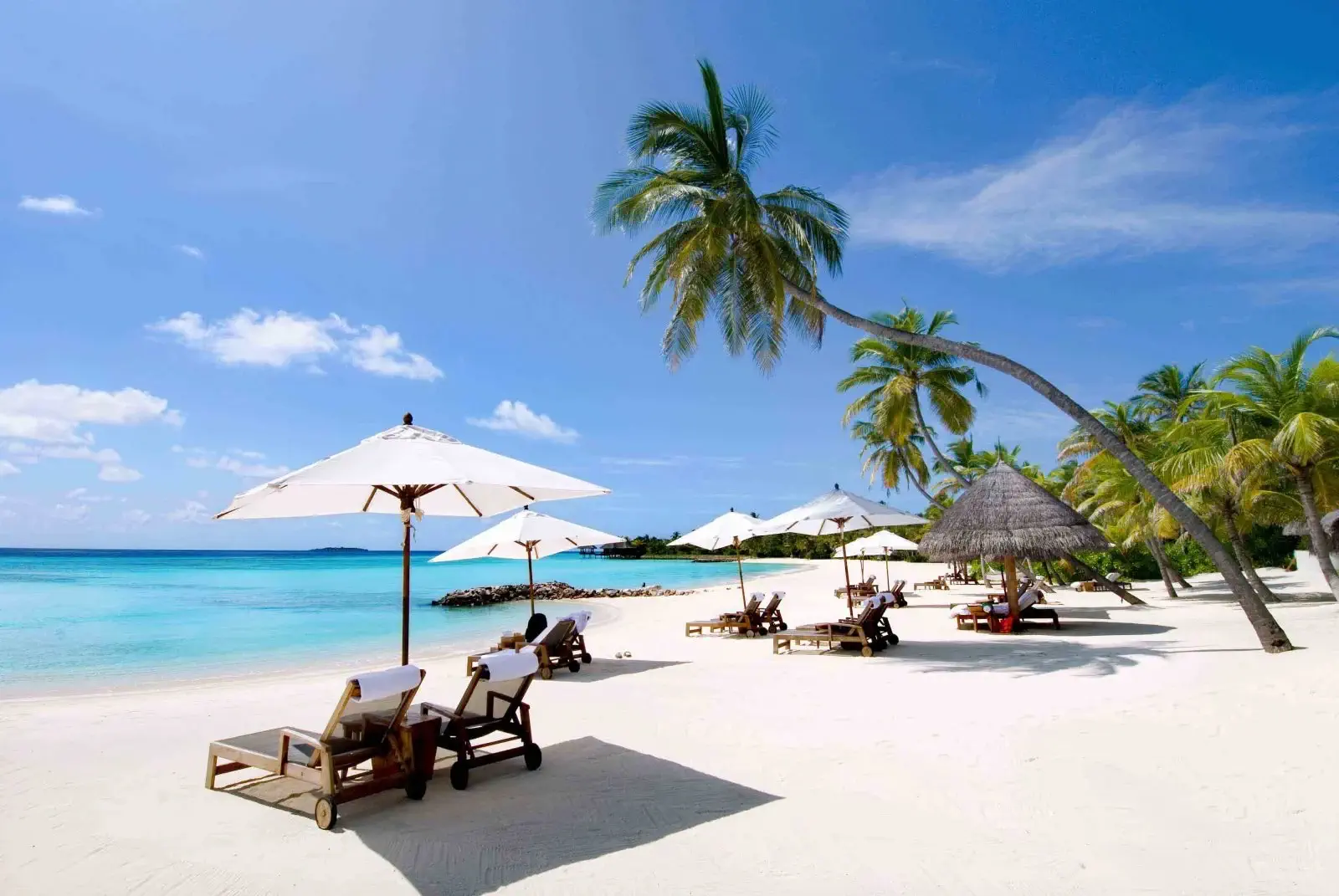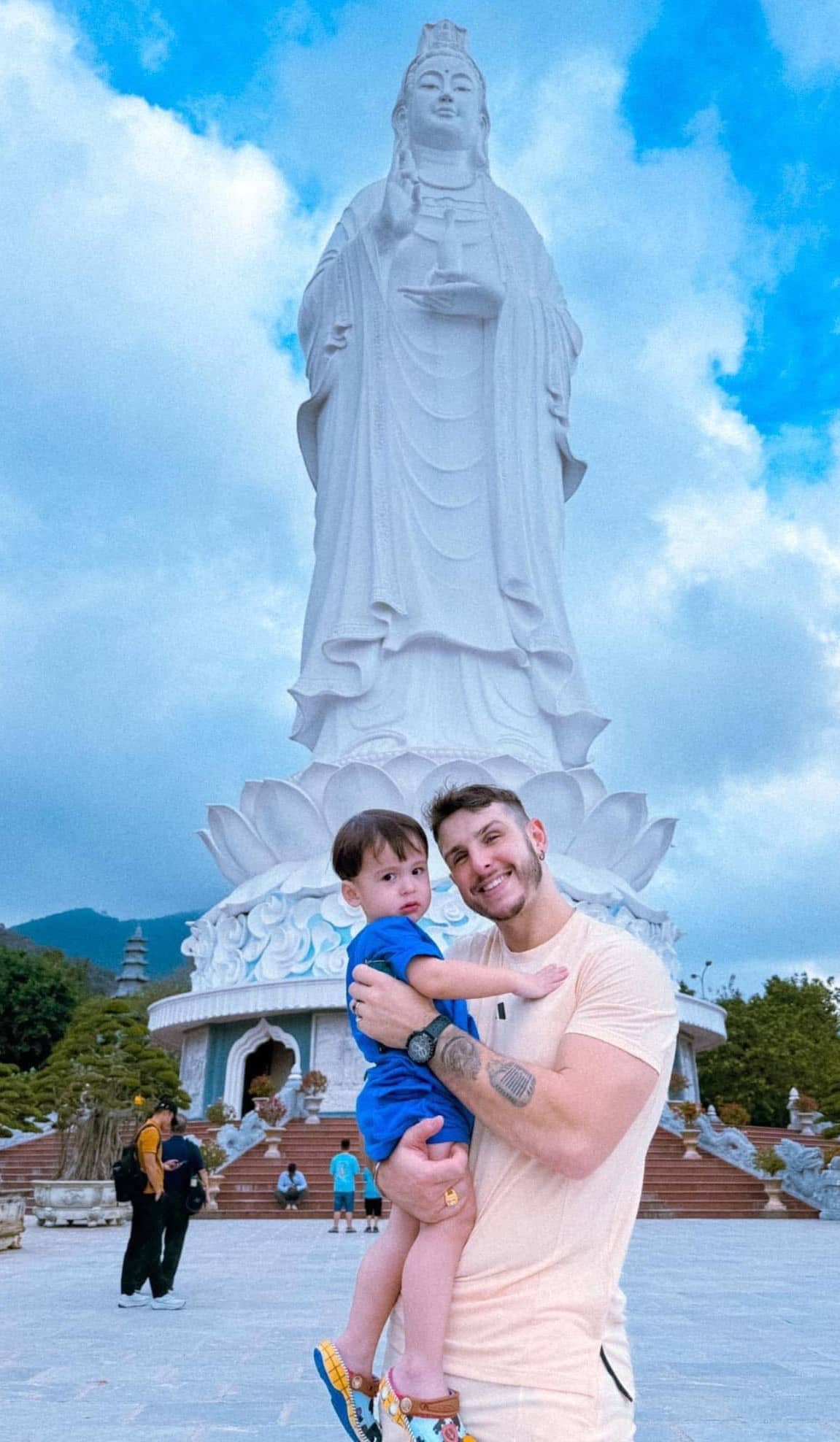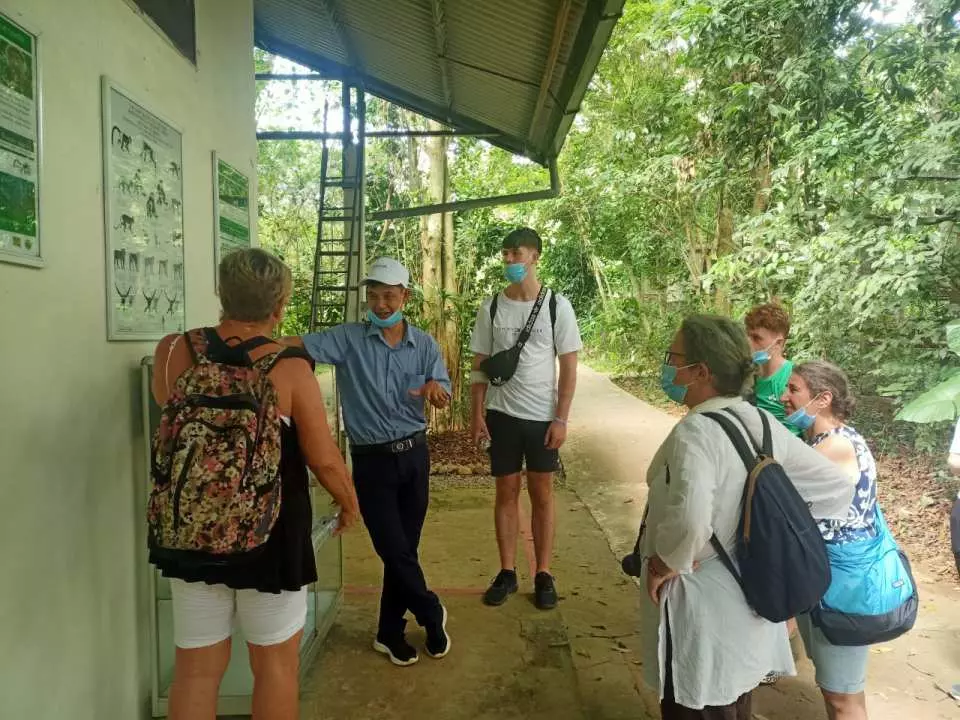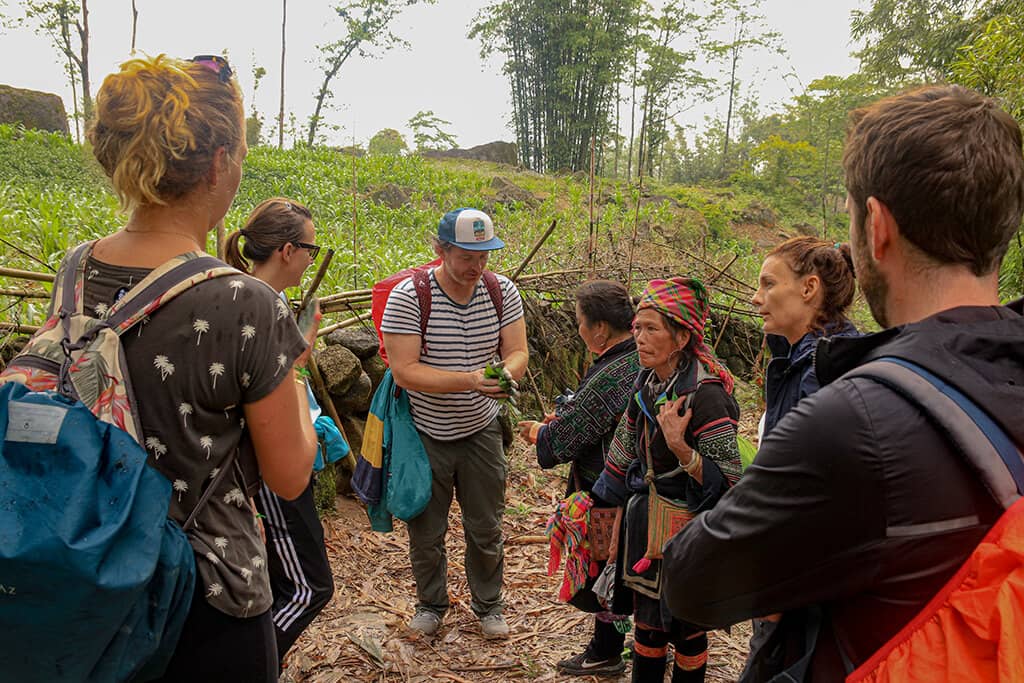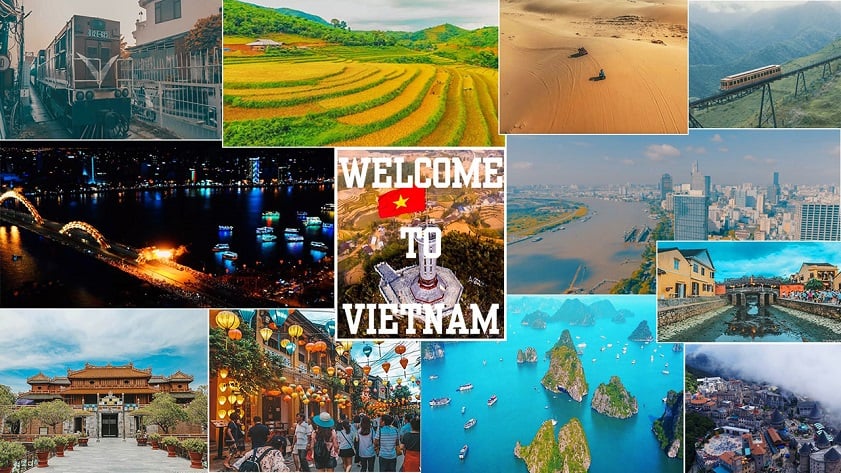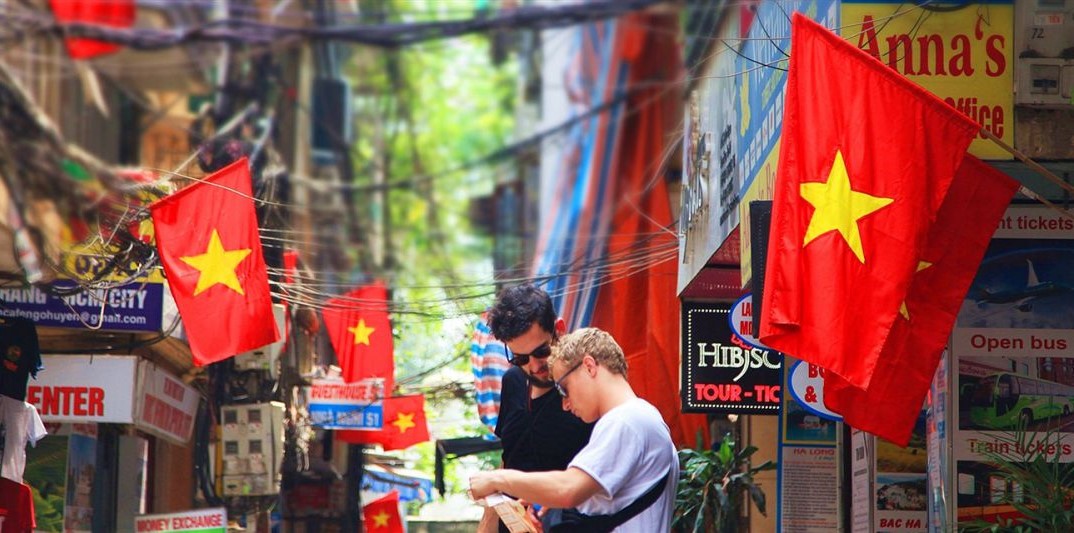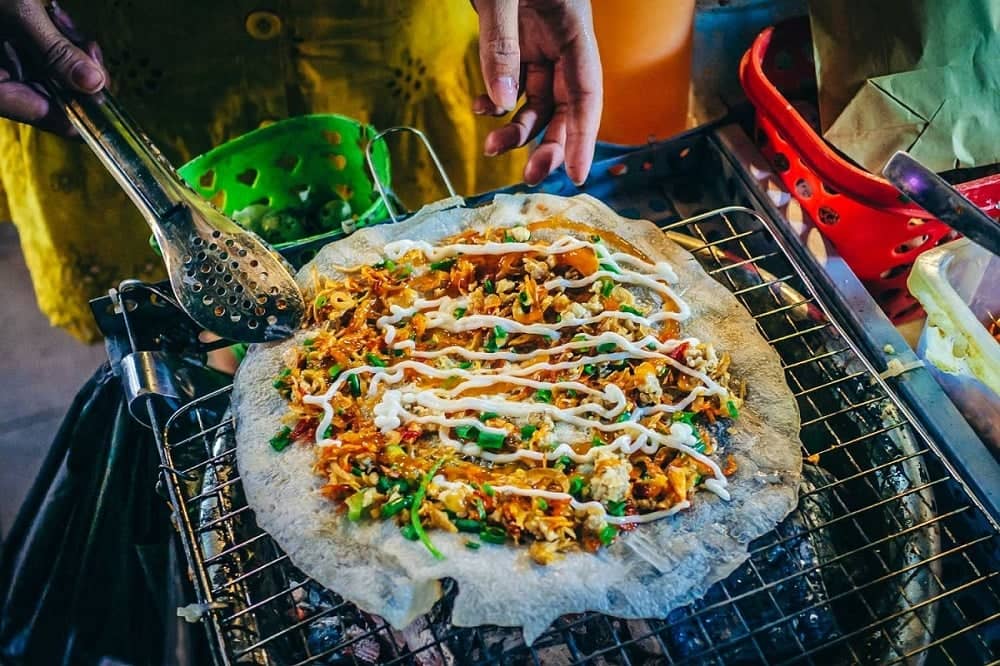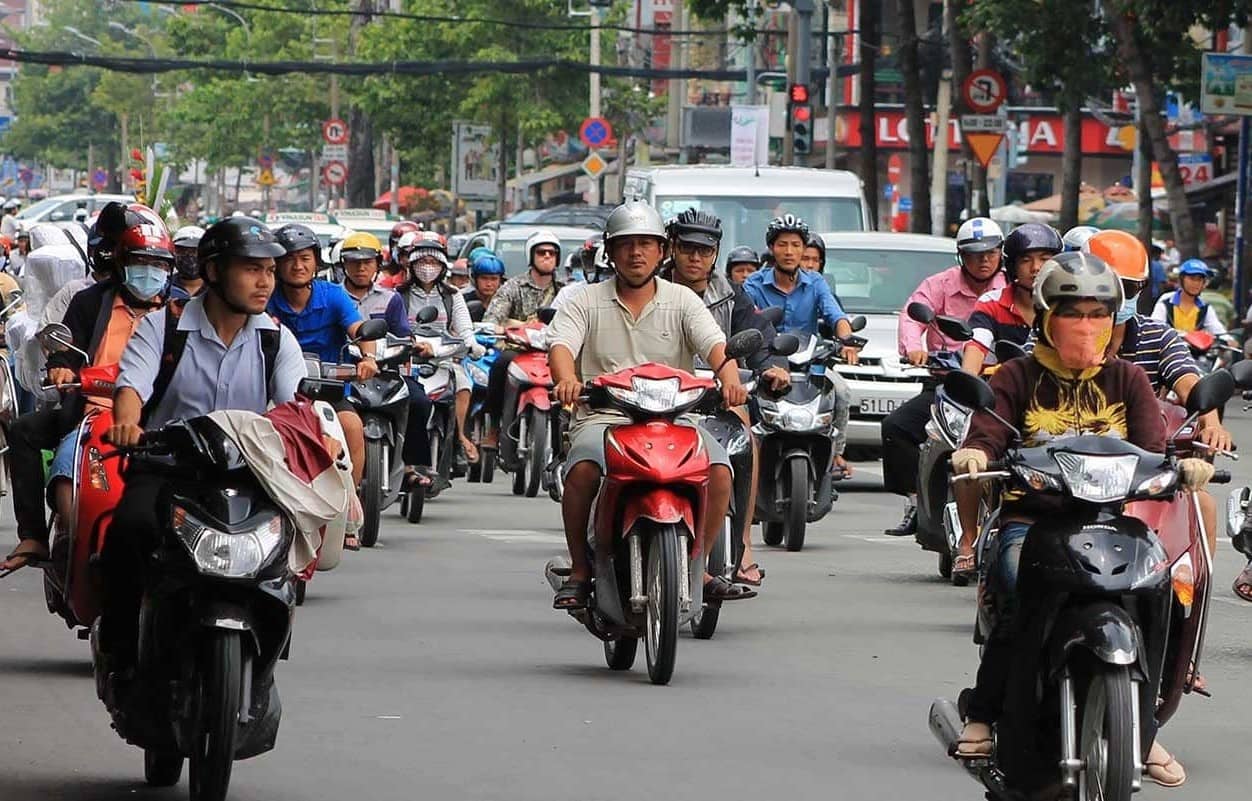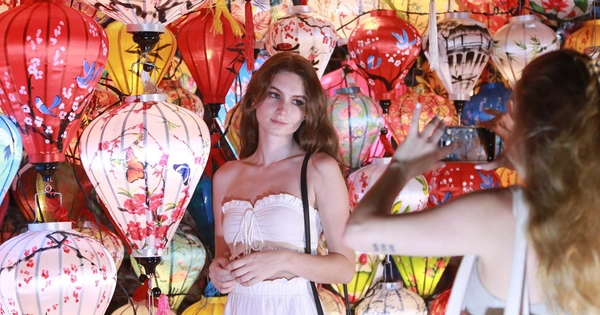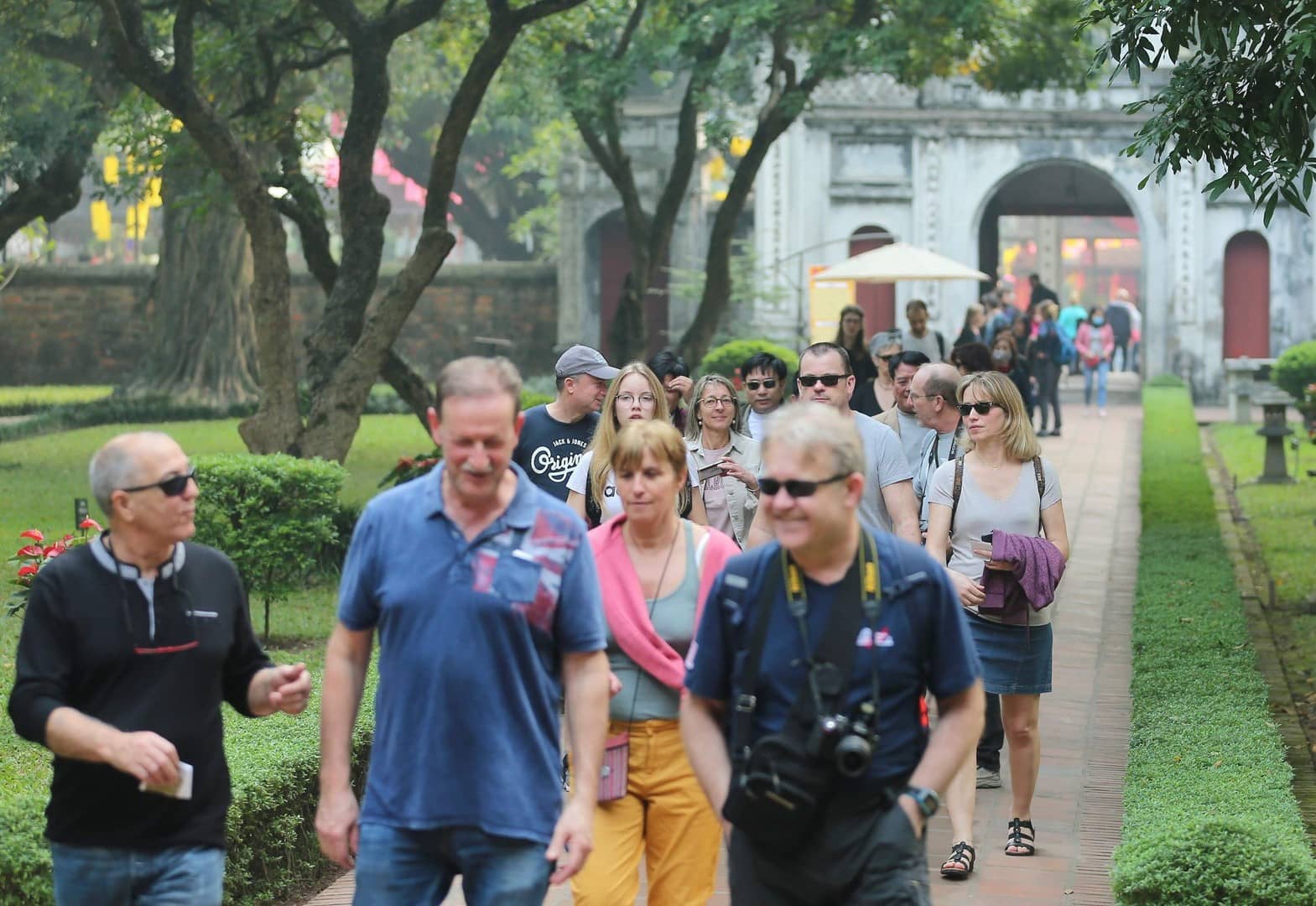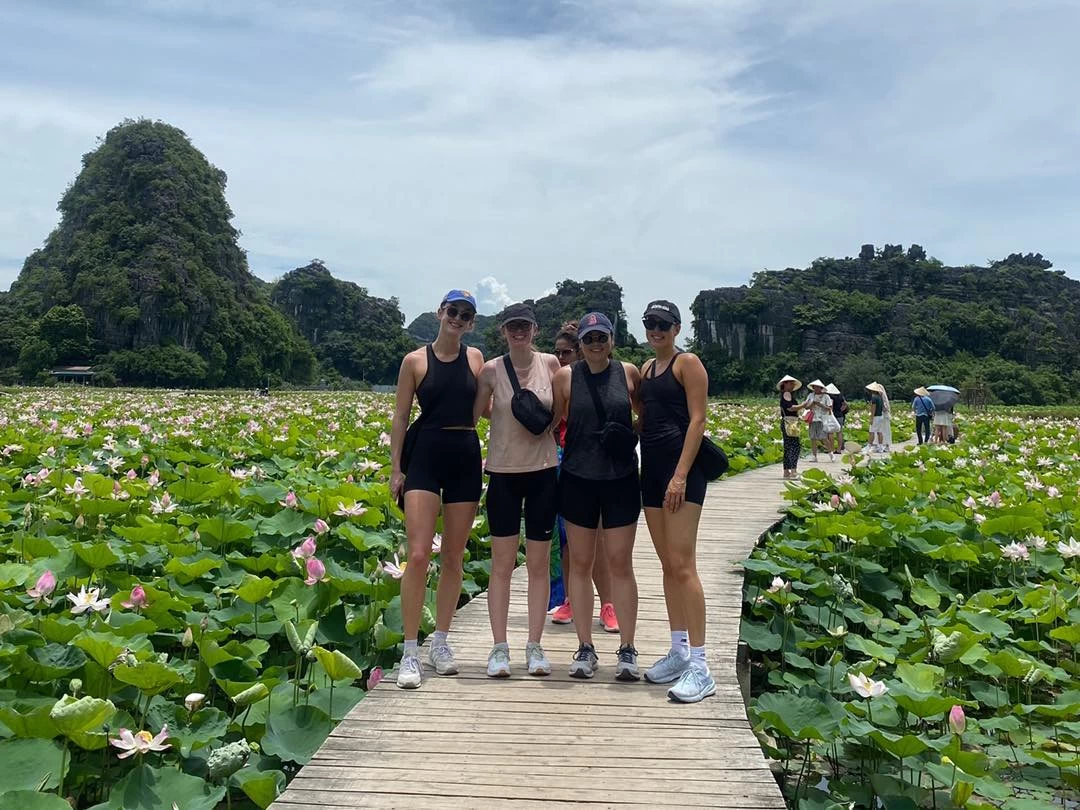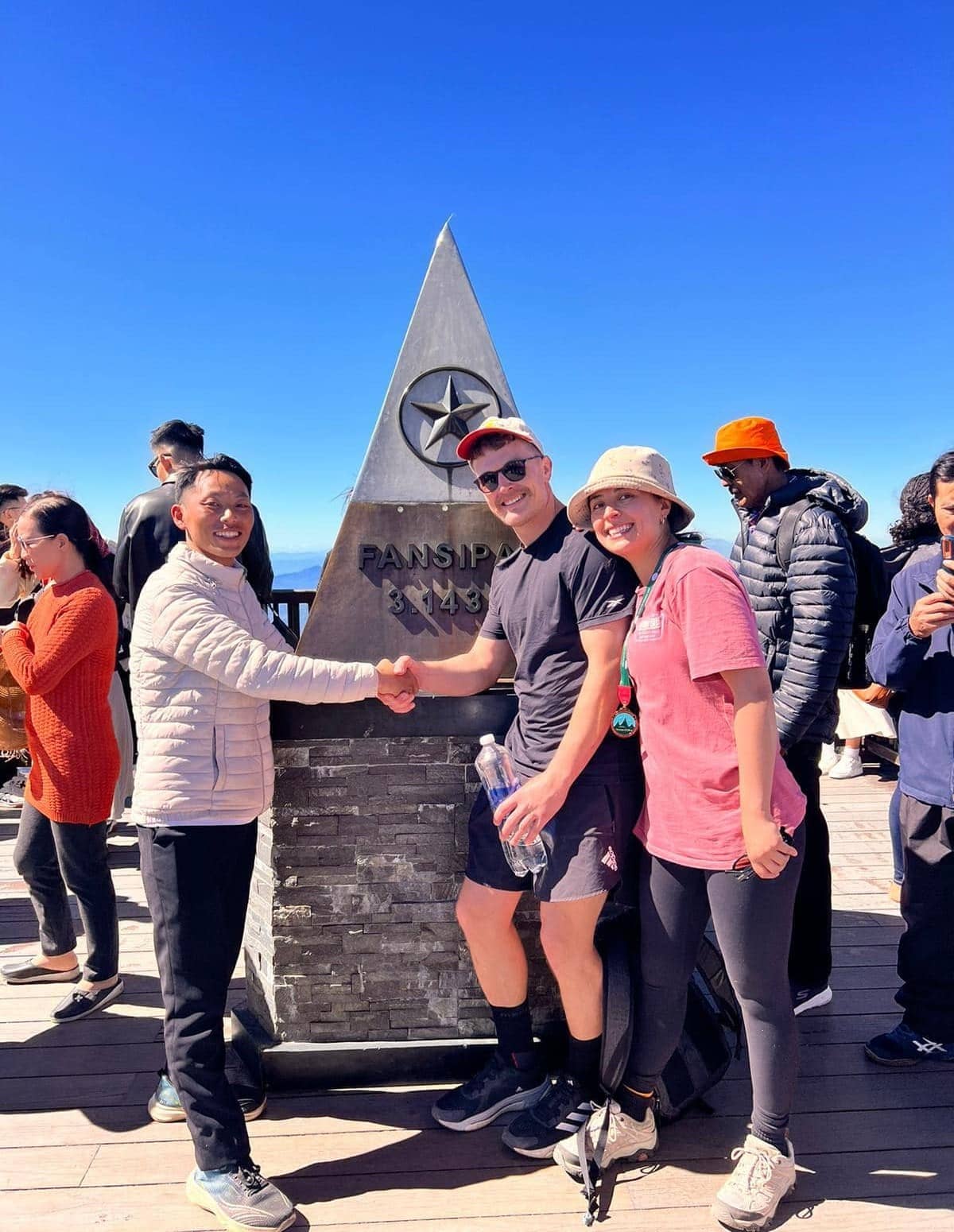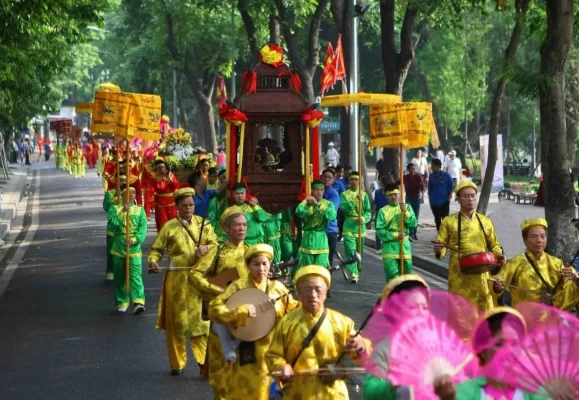
Let’s explore traditional festivals in Hanoi.
Immerse yourself in the colorful Hanoi festivals, from the iconic Perfume Pagoda festival to the festive Mid-Autumn festival. Discover vibrant cultural events, traditional ceremonies, and local customs that showcase the heart of Vietnam’s capital. Find practical tips for attending these lively festivals and make the most of your visit to Hanoi with an unforgettable cultural experience.
I. Introduction to Hanoi Festivals
1. Why Hanoi Festivals Attract International Tourists
Hanoi is a city where tradition and modernity blend seamlessly. One of the most captivating aspects of Hanoi is its rich array of festivals, which draw international tourists from all over the world. These festivals offer visitors a unique window into the heart of Vietnamese culture, showcasing colorful traditions, lively ceremonies, and age-old rituals that have been preserved for centuries.
International tourists are particularly drawn to Hanoi’s festivals for several reasons:
- Cultural Immersion: Festivals provide an immersive experience of Vietnamese culture that goes beyond typical tourist attractions. They offer a deep dive into the customs, beliefs, and communal activities that are central to Vietnamese life.
- Visual and Sensory Delight: The festivals are a feast for the senses, featuring vibrant parades, traditional music, dance performances, and intricate costumes. The lively atmosphere and rich visual spectacle make them memorable experiences for tourists.
- Authentic Local Experience: Participating in or observing these festivals allow tourists to engage directly with local communities. This interaction offers an authentic perspective on how Vietnamese people celebrate, honor their history, and express their cultural identity.
2. The Significance of Festivals in Hanoi
Festivals hold a special place in Hanoi and Vietnamese culture. They are not just occasions for celebration but are deeply embedded in the social fabric and spiritual lives of the people. Here’s why festivals are so significant:
- Preservation of Tradition: Hanoi Festivals are key to preserving and perpetuating Vietnam’s rich cultural heritage. They maintain traditional practices, rituals, and folklore, ensuring that these important aspects of Vietnamese history are passed down through generations.
- Cultural Unity and Community Spirit: Festivals foster a sense of unity and collective identity among Vietnamese people. They bring communities together, reinforcing social bonds and shared cultural values. This communal aspect is particularly evident during festivals, when people from various backgrounds come together to celebrate common traditions.
- Spiritual Significance: Many festivals have spiritual or religious roots, celebrating historical figures, deities, and significant events. These celebrations are often accompanied by rituals and ceremonies that hold profound meaning for participants, reflecting the deep spiritual life of the Vietnamese people.
Learn more about: Hanoi Culture
II. Top 5 Unique Festivals in Hanoi
1. Perfume Pagoda Festival
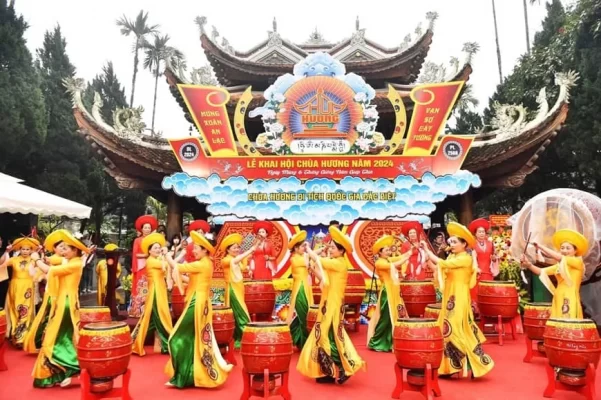
Perfume Pagoda Festival
The Perfume Pagoda Festival is one of the largest and most famous festivals in Hanoi. It attracts thousands of visitors from all over the country and abroad each year. This festival is celebrated at the Perfume Pagoda, a complex of Buddhist temples and shrines nestled in the picturesque mountains of Hanoi’s Huong Son district. The festival is a unique blend of spiritual devotion and eco-tourism, offering visitors a profound cultural experience amid stunning natural beauty.
- Location: Huong Son commune, My Duc district, Hanoi.
- Time: from January 6th to the end of the third lunar month
Key Features:
- Religious Significance: The festival is primarily a religious event, honoring the Buddhist deities and praying for good fortune, health, and prosperity in the coming year. Pilgrims come to offer incense, make prayers, and seek blessings.
- Scenic Beauty: The Perfume Pagoda is renowned for its breathtaking natural landscapes. The journey to the pagoda involves a scenic boat ride along the Yen Stream, surrounded by lush greenery and limestone mountains. This trip is an integral part of the festival experience.
Cultural Activities:
-
- Incense Offering Ceremony: Visitors participate in the traditional ceremony of offering incense at various temples within the pagoda complex. This ritual is an essential part of the pilgrimage and a means of seeking divine favor.
- Boat Ride: The festival begins with a boat ride on the Yen Stream, where visitors enjoy views of the serene countryside and the picturesque landscape. The boat ride is both a serene and captivating experience.
- Exploring Caves and Temples: The complex includes several caves and temples, such as the Huong Tich Cave, which is considered the most sacred part of the site. Visitors can explore these sacred spaces and admire their spiritual and architectural significance.
2. Mid-Autumn Festival in Hanoi
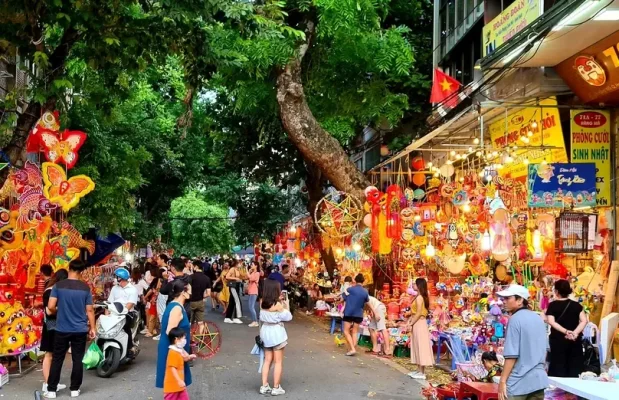
Mid-Autumn Festival in Hanoi
The Mid-Autumn Festival in Hanoi is one of the most beloved and colorful traditional celebrations in Hanoi. It takes place on the 15th day of the 8th lunar month, usually falling in late September or early October. This festival is particularly cherished for its focus on children, who are the center of the celebrations.
The Mid-Autumn Festival in Hanoi is a joyous occasion filled with vibrant activities and traditional treats. It is renowned for its lively atmosphere and is an excellent opportunity for families and children to come together and celebrate. The festival is marked by its festive decorations, lantern processions, and a variety of traditional foods.
- Date: 15th day of the 8th lunar month
Main Activities:
- Lion Dance: The Lion Dance is one of the most exciting and visually captivating aspects of the festival. Performers in elaborate lion costumes dance through the streets and around homes, symbolizing good fortune and warding off evil spirits. The energetic and rhythmic drumming accompanying the dance adds to the festive atmosphere.
- Lantern Processions: Lantern processions are a highlight of the Mid-Autumn Festival. Children carry colorful, intricately designed lanterns, often shaped like animals, stars, or other whimsical forms. These lanterns are not only beautiful, but they also symbolize light and hope. The lanterns are often lit during evening walks or parades, creating a magical and enchanting experience.
- Mooncakes: Mooncakes are a traditional delicacy associated with the Mid-Autumn Festival. These round pastries are filled with sweet or savory fillings, such as lotus seed paste, red bean paste, or salted egg yolks. They are typically enjoyed with family and friends and are often gifted to loved ones as a symbol of unity and togetherness.
Experiencing the Festival:
- Festive Atmosphere: The streets of Hanoi come alive with decorations, lanterns, and festive lights. Markets and public areas are bustling with people buying mooncakes and lanterns. It is a time of great joy and celebration, with many local communities hosting events and performances.
- Family and Community: The festival is a family-centric event, where families gather to celebrate and enjoy the festivities together. It is a time for bonding, sharing stories, and creating lasting
3. Giong Festival
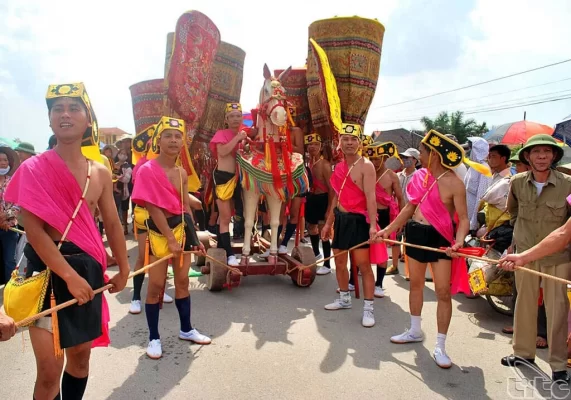
Giong Festival
The Giong Festival is a major traditional celebration in Hanoi, commemorating the victory of General Giong, a legendary hero in Vietnamese history. The festival is renowned for its vibrant cultural activities, which offer a deep dive into Vietnamese heritage and tradition.
The Giong Festival honors the historic triumph of General Giong, who is celebrated for his valor and leadership in defending the country from invaders. The festival is a tribute to this legendary figure, embodying the spirit of bravery and patriotism that General Gióng symbolizes.
- Location: Phu Dong Temple, Phu Dong Commune, Gia Lam District, Hanoi
- Time: From the 7th to the 9th of the 4th lunar month.
Key Activities:
Processions:
- Description: The festival features grand processions, where participants dress in traditional costumes and march through the streets. These processions often include symbolic representations of historical events and figures, creating a lively and immersive experience for spectators.
- Highlights: Participants may carry banners, flags, and effigies of General Gióng, accompanied by traditional music and dance. The processions are colorful and dramatic, reflecting the festival’s historical and cultural significance.
Traditional Games:
- Description: Various traditional games and competitions are organized during the festival, showcasing local customs and folklore. These games are not only entertaining but also offer a glimpse into traditional Vietnamese community life.
- Examples: Traditional games may include tug-of-war, lion dances, and martial arts demonstrations. These activities are often performed by local villagers and are popular among both locals and visitors.
Ritual Ceremonies:
- Description: Ritual ceremonies are an integral part of the Gióng Festival, involving religious and cultural rites that pay homage to General Gióng. These ceremonies are held at temples and sacred sites dedicated to the hero.
- Highlights: Rituals include offerings, prayers, and traditional music performances. Participants may engage in ceremonial activities such as lighting incense, making offerings, and chanting prayers, all of which contribute to the festival’s spiritual atmosphere.
Experiences: Attending the Giong Festival offers a unique opportunity to experience Vietnam’s rich cultural heritage. Visitors can immerse themselves in the vibrant atmosphere of the festival, witness traditional performances, and engage with local customs and traditions. The festival provides an enriching cultural experience and a deeper understanding of Vietnamese history and values.
4. Bat Trang Pottery Festival
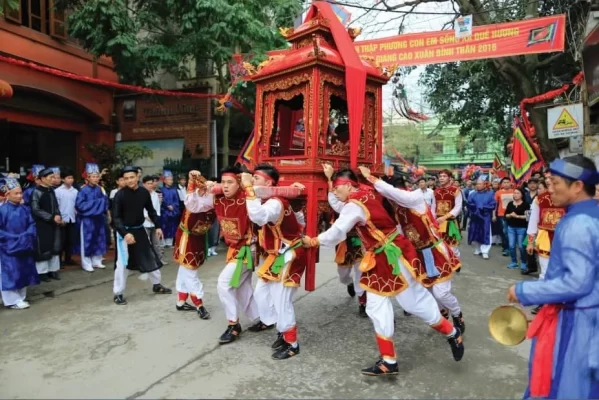
Bat Trang Pottery Festival
The Bat Trang Pottery Festival is a distinctive cultural event that takes place annually in Bat Trang Village, located about 13 kilometers from Hanoi. Renowned for its long-standing tradition in pottery-making, Bat Trang is celebrated for its exquisite ceramic artworks and intricate designs. The festival highlights the village’s rich history and its contribution to Vietnamese craftsmanship.
- Location: Bat Trang Communal House, Bat Trang Commune, Gia Lam, Hanoi.
- Time: From the 14th to the 16th of the 2nd lunar month every year.
Main Activities:
- Playing traditional games: The most unique activity in the festival is playing human chess and worship singing. After discovering the pottery village and participating in the New Year’s festival, you certainly won’t have to worry about what to do in Hanoi.
- Pottery Exhibition: The festival features a vibrant exhibition showcasing a wide array of pottery pieces crafted by local artisans. Visitors can admire traditional and contemporary ceramic artworks, including decorative items, kitchenware, and sculptural pieces. This exhibition provides an opportunity for tourists to gain insight into the artistic and technical skills of Bat Trang’s potters.
- Cultural Performances: The festival includes a variety of cultural performances, such as traditional music and dance. These performances showcase the cultural heritage of Bat Trang and contribute to the festive atmosphere. Attendees can enjoy folk songs, traditional dances, and other artistic expressions that highlight the local culture.
- Ceramic Competitions: The festival often hosts ceramic art competitions where local artists and potters compete to showcase their best works. These competitions are a highlight for both participants and spectators, offering an opportunity to see innovative and creative ceramic designs.
5. Bach Ma Temple Festival in Hanoi
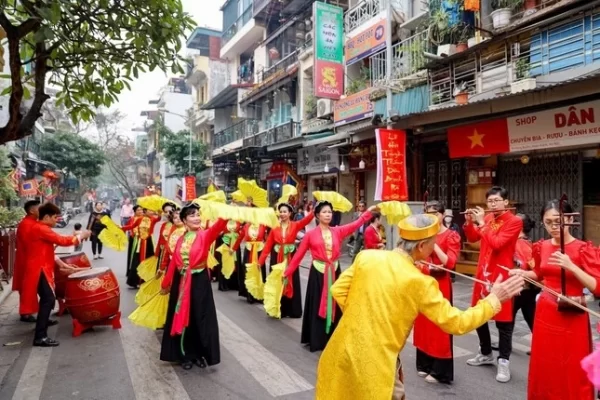
Bach Ma Temple Festival in Hanoi
The Bach Ma Temple Festival is a significant cultural and religious event held annually in Hanoi. The festival takes place at Bach Ma Temple, which is dedicated to the legendary White Horse spirit. This ancient temple is located in the heart of Hanoi’s Old Quarter and is known for its historical and architectural significance.
One of the festival’s most notable features is its blend of religious worship and local tradition. The event is deeply rooted in the veneration of the White Horse deity, believed to protect the city and its inhabitants.
The festival showcases a unique blend of local customs, traditional rituals, and vibrant cultural performances, offering visitors a deep insight into Hanoi’s spiritual and cultural heritage.
- Location: 76 Hang Buom Street, Hoan Kiem District, Hanoi.
- Festival time: 12th–13th of February Lunar calendar
Main Activities:
- Ceremonial Offerings: The festival begins with a grand procession to the Bach Ma Temple, where participants offer incense, flowers, and fruits to the White Horse deity. These offerings are made to seek blessings and protection for the coming year. Devotees also light candles and perform traditional rituals as part of their worship.
- Traditional Rituals: A significant part of the festival includes various traditional rituals performed by local priests and spiritual leaders. These rituals are meant to honor the White Horse and involve chanting, singing, and the use of traditional musical instruments. The ceremonies are believed to bring good fortune and dispel negative energies.
- Cultural Performances: Throughout the festival, visitors can enjoy a range of cultural performances, including traditional music, dance, and theatrical shows. These performances often depict historical and mythological stories related to the White Horse deity and the city of Hanoi.
- Procession of the White Horse: One of the highlights of the festival is the procession of a ceremonial white horse. This procession involves a large parade through the streets of Hanoi, accompanied by traditional music and dance. The procession symbolizes the journey of the White Horse deity through the city, blessing its inhabitants along the way.
III. Benefits of Traveling During Festival Season
1. Cultural Exploration
Traveling to Hanoi during its festival season provides a unique opportunity to delve deeply into the rich traditions and customs of the city. Festivals in Hanoi are a vibrant tapestry of cultural practices, historical significance, and local folklore.
Visitors can witness traditional performances, try festive foods, and participate in ceremonies that have been passed down through generations. This immersive experience allows travelers to understand and appreciate the cultural heritage of Hanoi on a more profound level.
2. Social Interaction and Networking
Hanoi Festivals are not just about celebrations; they are also a prime opportunity for social interaction and networking. These events attract both locals and international tourists, creating a melting pot of diverse cultures and perspectives.
Attendees have the chance to meet and mingle with Hanoi residents, gaining firsthand insights into daily life and local traditions. Engaging with locals during festivals can lead to memorable conversations, friendships, and a deeper connection with the city’s culture. Additionally, festivals often include international visitors, providing a platform for cultural exchange and networking with people from around the world.
3. Unique Experiences
Participating in Hanoi festivals allows travelers to engage in activities and ceremonies that are unique to the region. For example, the Giong Festival, held to honor the legendary hero Giong, features traditional parades, ancient rituals, and reenactments that are not found in other parts of the world.
Similarly, the Mid-Autumn Festival in Hanoi provides a chance to experience traditional Vietnamese mooncake-making, lantern displays, and dragon dances. These distinctive experiences are often one-of-a-kind, offering a deeper appreciation of Hanoi’s cultural richness. Travelers who attend these festivals can enjoy activities and traditions that are deeply rooted in local history and are rarely seen outside of their cultural context.
IV. Tips for Attending Festivals in Hanoi
1. Plan Ahead
- Research the festival dates and locations well in advance. Most festivals in Hanoi follow the lunar calendar, so it’s essential to check the specific dates for the year you are visiting. Some festivals might have different schedules based on local traditions or annual changes.
- Understand the festival’s significance and schedule. This will help you decide which activities you want to experience and how to plan your visit accordingly.
2. Respect Local Culture
- Festivals are an integral part of Hanoi’s cultural heritage. Respect local customs and traditions, and follow any guidelines provided by festival organizers.
- Be mindful of local etiquette, such as removing your shoes before entering certain areas, not touching sacred objects, and observing silence during religious ceremonies.
3. Capture the Moments
- Bring a camera or smartphone to capture the vibrant scenes and activities. Festivals in Hanoi offer colorful processions, traditional performances, and unique cultural displays that are worth remembering.
- Always ask for permission before taking photos of people, especially in sensitive or private settings. Respect any “no photography” signs and follow the instructions of festival staff.
In conclusion, Hanoi festivals offer a vibrant tapestry of cultural experiences that captivate international visitors. By participating in festivals, travelers not only witness traditional rituals and lively festivities but also connect with the local culture on a deeper level. Whether you’re exploring historical reenactments or enjoying festive parades, these events create unforgettable memories and showcase the heart of Hanoi’s cultural spirit. For an authentic and immersive experience, make sure to include Hanoi festivals in your travel itinerary.
See more: Hanoi Travel Tips



